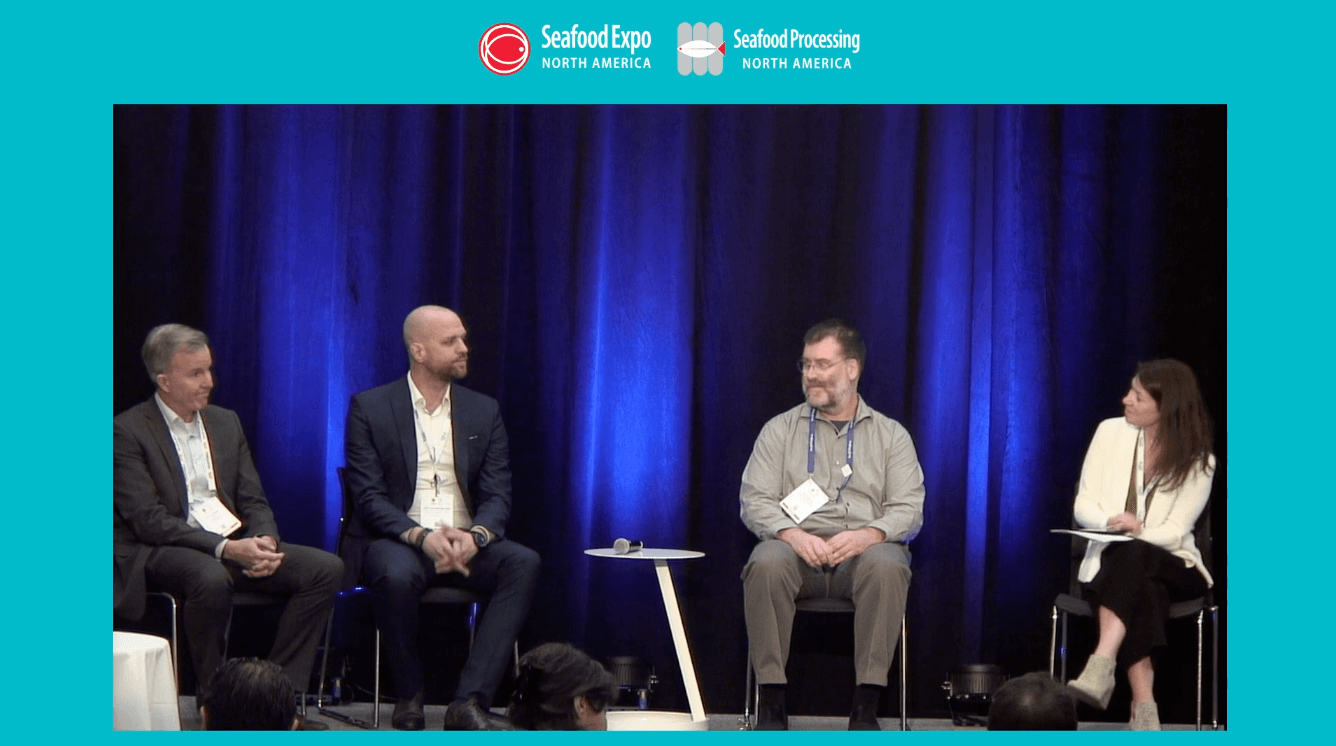Integration of Seafood Certification: Scaling Improvements in Aquaculture | Product
Moderator: Jill Swasey, ASC
Speakers:
- Anton Immink, ThinkAqua
- Dave Martin, Sustainable Fisheries Partnership,
- Roy Van Daatselaar Aquaculture Stewardship Council (ASC)
Fishery Improvement Projects (FIPs) have become an instrumental tool for fisheries sustainability over the past decade. While improvements in aquaculture are just as critical as in fisheries, Aquaculture Improvement Projects (AIPs) are far less developed than their FIP cousins and have yet to gain traction in the marketplace. At the same time, awareness is growing on the historic and current environmental impacts of aquaculture production, particularly on critical habitats such as mangroves. As aquaculture production increases globally, opportunities exist to both scale-up responsible production while also preserving the biodiversity and climate benefits gained through restoring critical habitats. Three of the leading organizations in responsible aquaculture – the Aquaculture Stewardship Council, Sustainable Fisheries Partnership, and Monterey Bay Aquarium Seafood Watch – are teaming up in an effort to streamline the path to sustainability for aquaculture producers, engaging more stakeholders in the process, and delivering improvements in farming practices and management that will protect those essential functions gained through restoring critical habitats. Farmers engaged in improvement program pilots are supported through partnerships with local consultants and supply chain partners. These pilots provide farmer support and capacity building at a greater scale by engaging farmers that have common practices and challenges in a shared region. In some instances, barriers to information requirements can be alleviated through the use of remote monitoring technology and shared impact assessment studies. This allows project partner organizations the opportunity to reduce the burdens and confusion of information needs to farmers and cater trainings and improvements to the farmer needs and at the scales at which they operate.
Together, these organizations will convene a diverse group of industry and other stakeholders to:
• Discuss the importance of aquaculture improvement in relation to assured supply of sustainable seafood;
• Explore how landscape level improvements can facilitate farm-level certification (and vice versa);
• Highlight opportunities to protect and restore critical habitats and maintain responsible farming practices; and
• Share some early lessons learned and opportunities for engagement in pilot aquaculture improvement projects underway.






